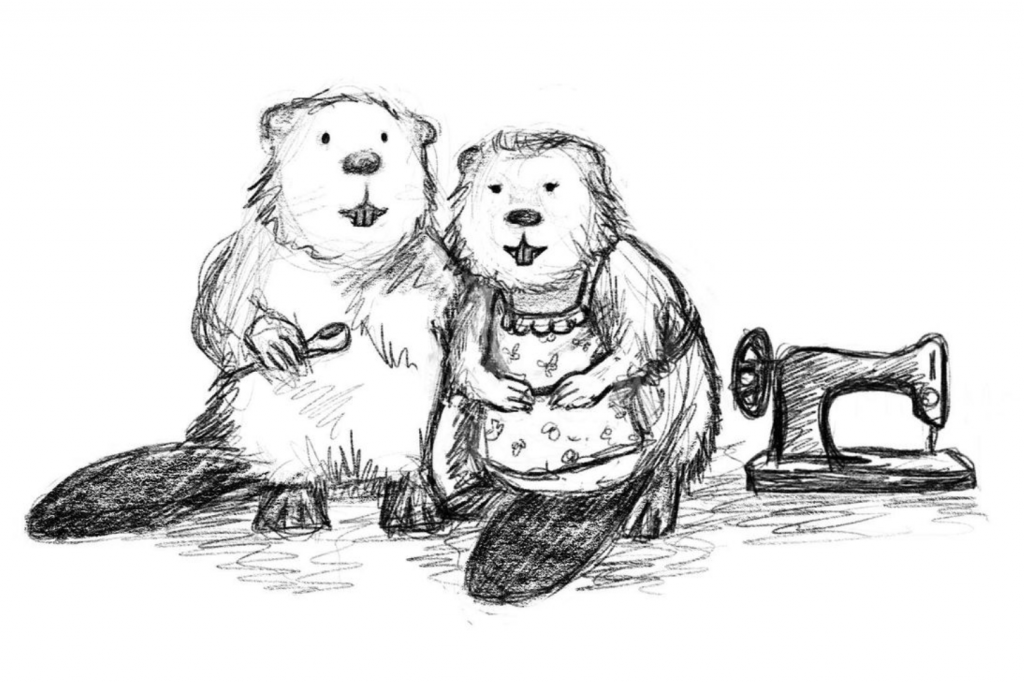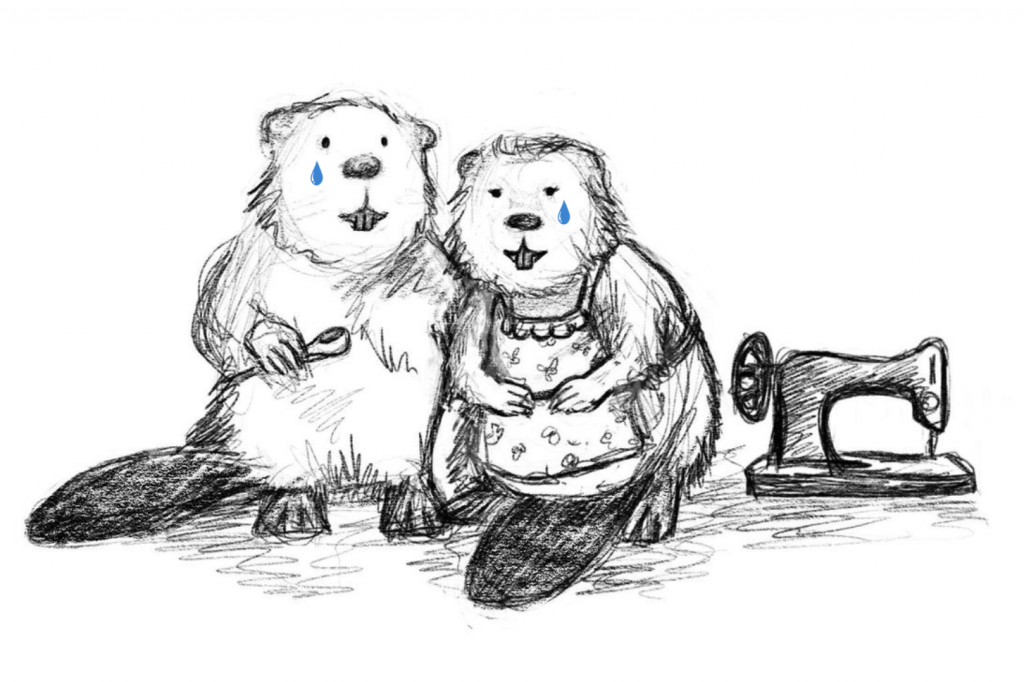I always dreamed of being a crazy mad scientist. Yes, I envisioned myself as a female version of Einstein, but crazier. That was the kind of person I wanted to become. Doing all sorts of experiments (preferably risky) with chemicals and base materials in the hope of creating something revolutionary.

How wonderful and exciting a child’s imagination can be, right? The breaks in primary school allowed for the imagination to flourish. As a digital native, I consider myself privileged to have witnessed the development of digital technology. I remember vividly playing with my friends on the playground. We made up scenarios in which we could be anything we wanted. We drank tea with talking beavers, explored fantastic realms, flew on dragons, and defeated the evil in fabulous outfits. All on one playground.

The imagination did not end on rainy days, when we had to leave the playground for the common lunchroom. According to the dictionary, “a playground is a place where a particular group of people enjoy themselves.“1 This place can be anywhere, whether it is inside, outside, on a cognitive level or even on a digital platform.
I feel like my childhood existed on the axis of all aspects. On the one hand, I could let my imagination run wild on the school playground. On the other hand, I could enjoy myself on the floor in my house with a few wooden blocks. And at night, when I could not yet sleep, I would envision scenarios and stories to help me fall asleep. (Which, to be honest, did not always work because of the excitement)
It was not until group 5 or so that I learned how to use a computer. For a short time, I could click on random buttons and drag the mouse in fluid shapes. It was magical to see what I had created: a green-striped orange cat with two claws and pegasus wings. My crazy imagination was now transported from my mind to a flat screen. Visually, it was there; physically, it was still in my mind. In a way, the tools on the computer helped me when my brain failed to invent something original. I learned to create with the means that were available. From another perspective, the tools felt restrictive. As if saying, “This is what you have, use them however you want.” Do you see the double meaning?
Over time, computers were installed next to the board games cabinet and in classrooms. Time slots made sure that all kids could spend some time behind these magical grey boxes. Teachers incorporated them more often for educational purposes, and by the time I left primary school, my imagination had expanded to a different type of playground.
Middle school was no less different. Though with advancements in digital technology, it became more serious. Time tables, final grades, assignments, and tests could be found online on iPads provided by the school. As we grow older, we are (unconsciously) told that ‘playing’ is something for kids. Thus, I spent my breaks indoors playing Roblox on my iPad with my friends. And that talking beaver? The tea had turned cold.

This was not necessarily ‘bad’. I still had my imagination; it had just shifted from a physical space to a digital space. Looking back, I am glad that I was raised in a time when digital technology was slowly integrating into our lives. I have experienced the life of a ‘millennial’ and that of ‘gen-z’. I am a kid of CDs and of streaming. However, it makes me wonder if we can ever experience that almost digital technology-free life again? Or will it stay in the past, as a nostalgia, as a story for elders to tell their grandchildren?
30 years ago, the world got introduced to a cowboy, a spaceraider, and several other characters in the film Toy Story. Their first film in 1955 was the first full-length feature by Pixar Animation Studios and the world’s first fully computer-animated film, claiming a spot in the history of cinema and animation.2 It is a timeless film series affecting all people from all backgrounds. You follow the adventures of your beloved toys, and adults go down memory lane, wondering what happened to their own. It is astonishing to realise how much digital technologies have changed over time.

Not only do the technicalities show an evolution of digital technologies, but also the story itself. From Andy playing with his toys as a child, to growing up and donating them to another kid. And the story, just as the imagination, has no definite ending. The story continues in a fifth film, releasing in 2026, wherein our favourite toys will meet technology.3 I do not know about you, but I am looking forward to how these traditional playtoys will interact with this innovative technology.
────── ⋆⋅☆⋅⋆ ──────
References
- Definition of playground from the Cambridge Advanced Learner’s Dictionary & Thesaurus © Cambridge University Press. ↩︎
- Malcolm Cook, “Toy Story at 25: How Pixar’s Debut Evolved Tradition Rather Than Abandoning It”, The Conversation, 18 november 2020, https://doi.org/10.64628/ab.4fpmfecm3. ↩︎
- “Toy Story 5 — Pixar Animation Studios,” Pixar Animation Studios, n.d., https://www.pixar.com/toy-story-5. ↩︎


Recent Comments